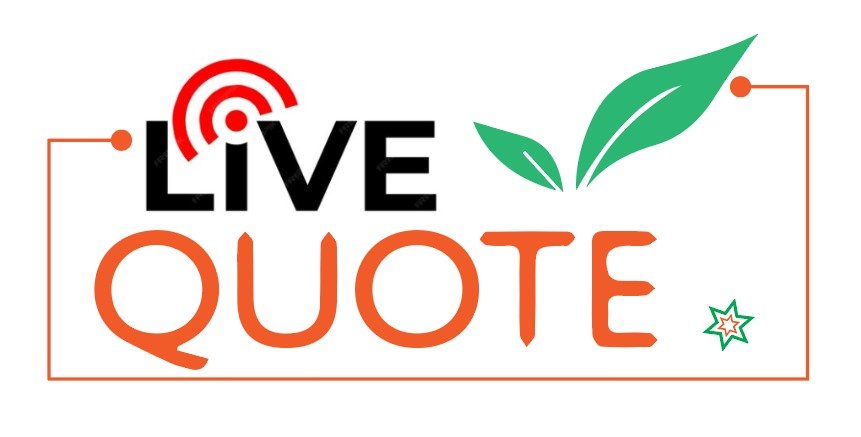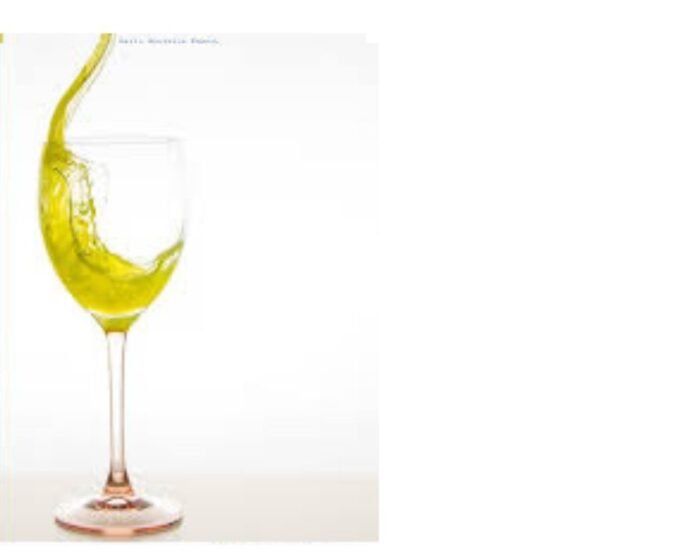In the vast landscape of motivational quotes and philosophical musings, few resonate as universally as the age-old adage, “Don’t look at the glass half Full.”
It’s a simple yet profound reminder that perspective shapes our reality, and optimism can Be a guiding light even in the appearance of adversity.
In this article, we delve into the depths of this quote, exploring its significance and how it can empower us to navigate life’s challenges with resilience and positivity.
The Power of Perspective:
At its core, the “glass half empty” quote speaks volumes about the power of perspective. Imagine a glass filled halfway with water.
To some, it may appear as if the glass is half empty, symbolizing scarcity and lack. However, to others, it’s seen as half full, representing abundance and opportunity.
The distinction is not in the glass itself. However, in the way we choose to perceive it.
In life, we encounter countless situations that can be observed through either a positive or negative lens. Whether facing Challenges in our professional lives, navigating turbulent relationships, or grappling with personal struggles, our perspective determines our response.
By embracing the mindset of seeing the glass as half full, we cultivate optimism—an invaluable asset that enables us to find silver linings even in the darkest would like you to read the text delimited by triple quotes and Improve it. Aim to retain the original meaning and structure.
Resilience in the Face of Adversity:
Optimism isn’t about denying the existence of challenges or pretending that everything is perfect. Instead, it’s about maintaining faith in our ability to overcome obstacles and grow stronger during the process.
When we adopt a “glass half full” mentality, setbacks become growth opportunities, failures become lessons, and adversity serves as a catalyst for resilience.
Consider the stories of individuals who have triumphed over adversity—the entrepreneurs who bounced back from bankruptcy to achieve success, the athletes who turned setbacks into motivation to achieve greatness, or the survivors who emerged from tragedy with newfound strength.
What sets them apart is not their immunity to challenge. but their unwavering optimism in the face of it.
Cultivating Optimism:
Optimism is not merely a personality trait reserved for the fortunate few; it’s a skill that can be cultivated and honed through conscious effort and practice. Here are some strategies to cultivate optimism in your own life:
- Practice Gratitude: Take time each day to reflect on The items you’re grateful for, no matter how small. Gratitude shifts our focus from what we lack to what we have, fostering a sense of abundance and positivity.
- Challenge Negative Thoughts: When faced with negative thoughts or self-doubt, challenge them with rational, positive affirmations. Replace “I can’t” with I can” and “This is impossible” with “This is a challenge I can overcome.”
- Surround Yourself with Positivity: Surround yourself with people who uplift and inspire you. Seek out sources of positivity, whether through uplifting books, motivational podcasts, or inspirational quotes.
- Practice Mindfulness: Cultivate awareness of your thoughts and emotions through mindfulness practices such as meditation and deep breathing. Mindfulness helps us observe our thoughts without judgment, allowing us to choose more optimistic perspectives.
Conclusion:
In a world fraught with uncertainty and challenges, the “Don’t look at the glass half empty” quote functions as a beacon of hope and resilience.
It reminds us that while we may not always have control over our circumstances, we can choose our perspective. By embracing optimism and seeing the glass as half full, we unlock the potential to transform adversity into opportunity, setbacks into stepping stones, and despair into hope.
So the next time You are faced with a seemingly, remember that it’s not about the contents of The crystal. but the lens through which you view it.


